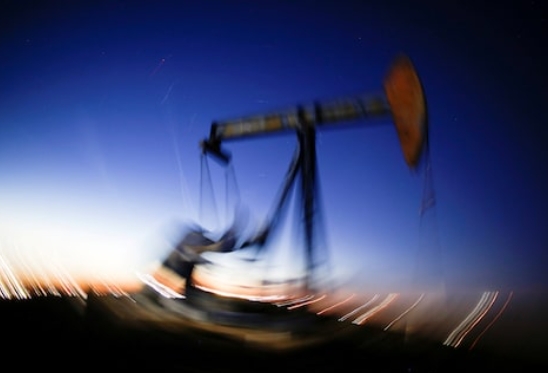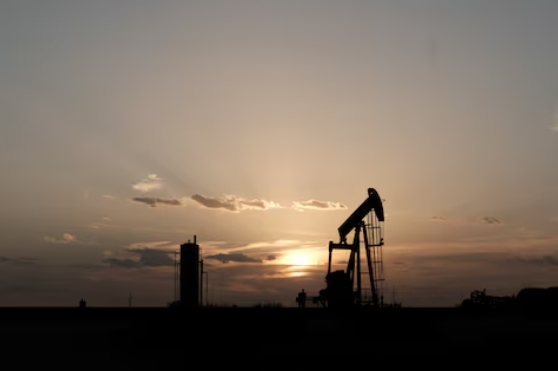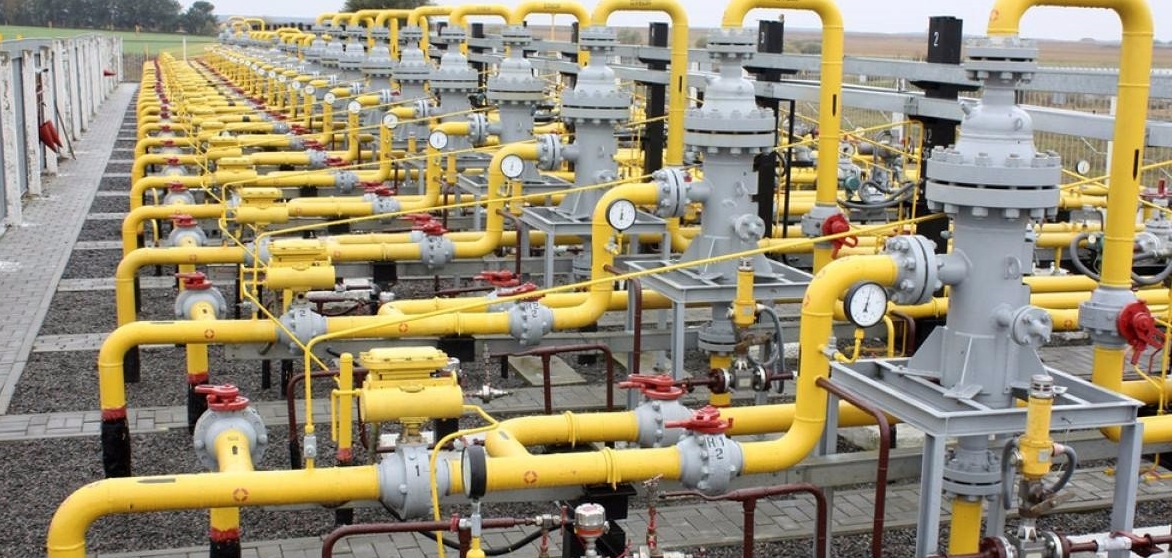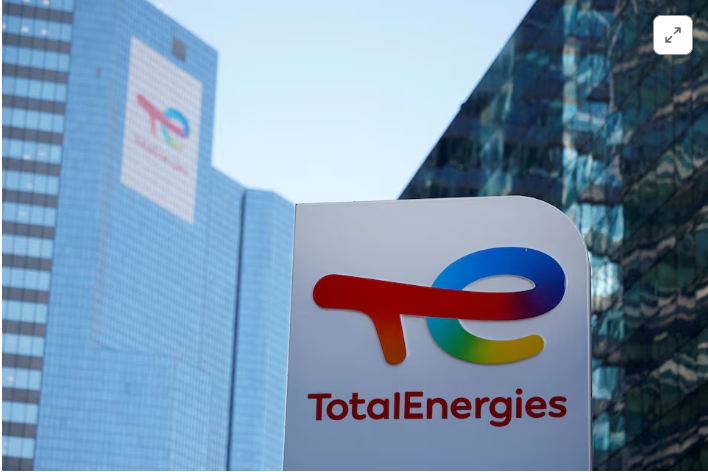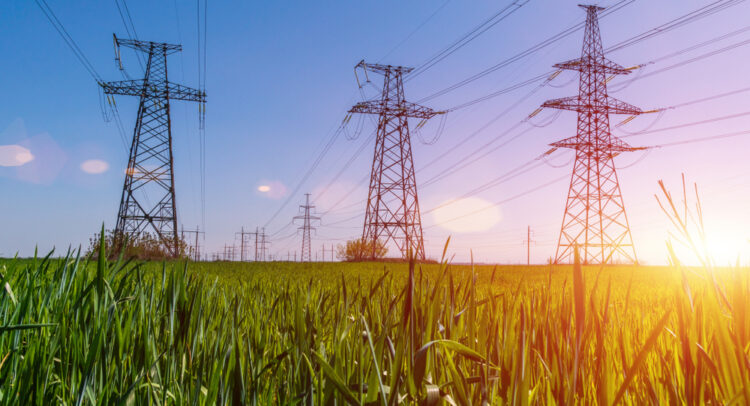
The project was deemed qualified for the fast-track consenting program under the COVID-19 Recovery Fast Track Consenting provisions. Thus, the decision has come 172 working days after the application was initially filed with the Environmental Protection Authority (EPA).
The Taheke project site straddles the Bay of Plenty Region and the Rotorua Lakes Districts, and is characterized by a geothermal area with a large system of springs, fumaroles, and sulfur deposits. The Taheke Geothermal Feild is located to the west of the proposed Power Station.
An exploration well had already been successfully drilled for the project in late 2021 and benefited from the Government’s COVID-19 recovery fund to support shovel-ready projects. Well testing was then conducted in mid-2022 and the results and data enabled the project to move to the consenting phase and make the application for fast-track consenting to the Ministry for the Environment.
The proposed timeline of the project estimates that construction will start by late 2024 to mid-2025 and will take approximately 24 months. The target date of commercial operations will be on 2028.
Based on the application submitted by ROOPU Whakarite Mahi, the power station to be built will have a capacity of 25 to 40 MWe. It will generate electricity using approximately 10,000 tonnes of geothermal fluid per day from the Taheke Geothermal Field. Four wells (two production and two reinjection) are initially expected to be needed and six additional wells will be drilled over the plant’s life.

